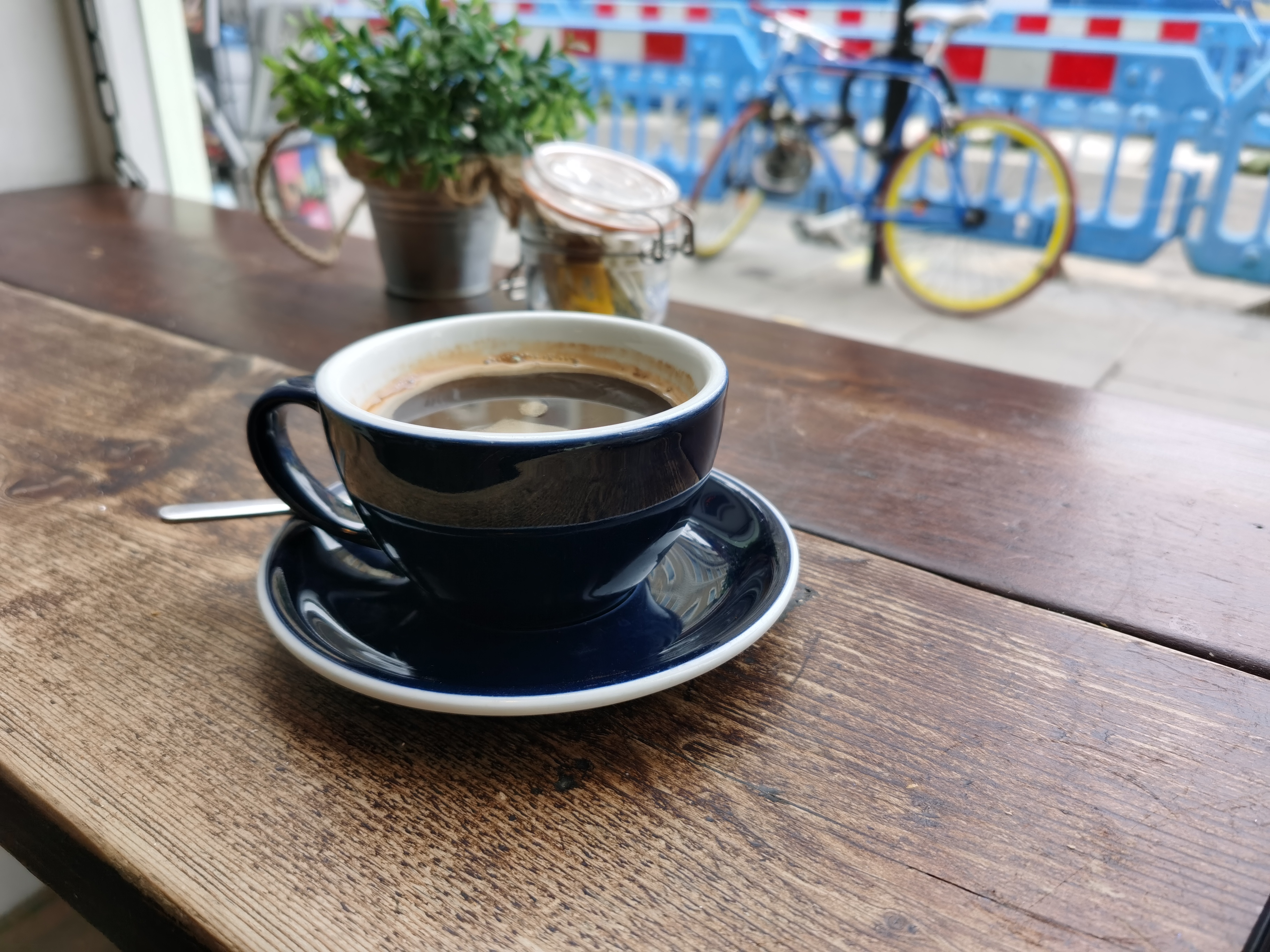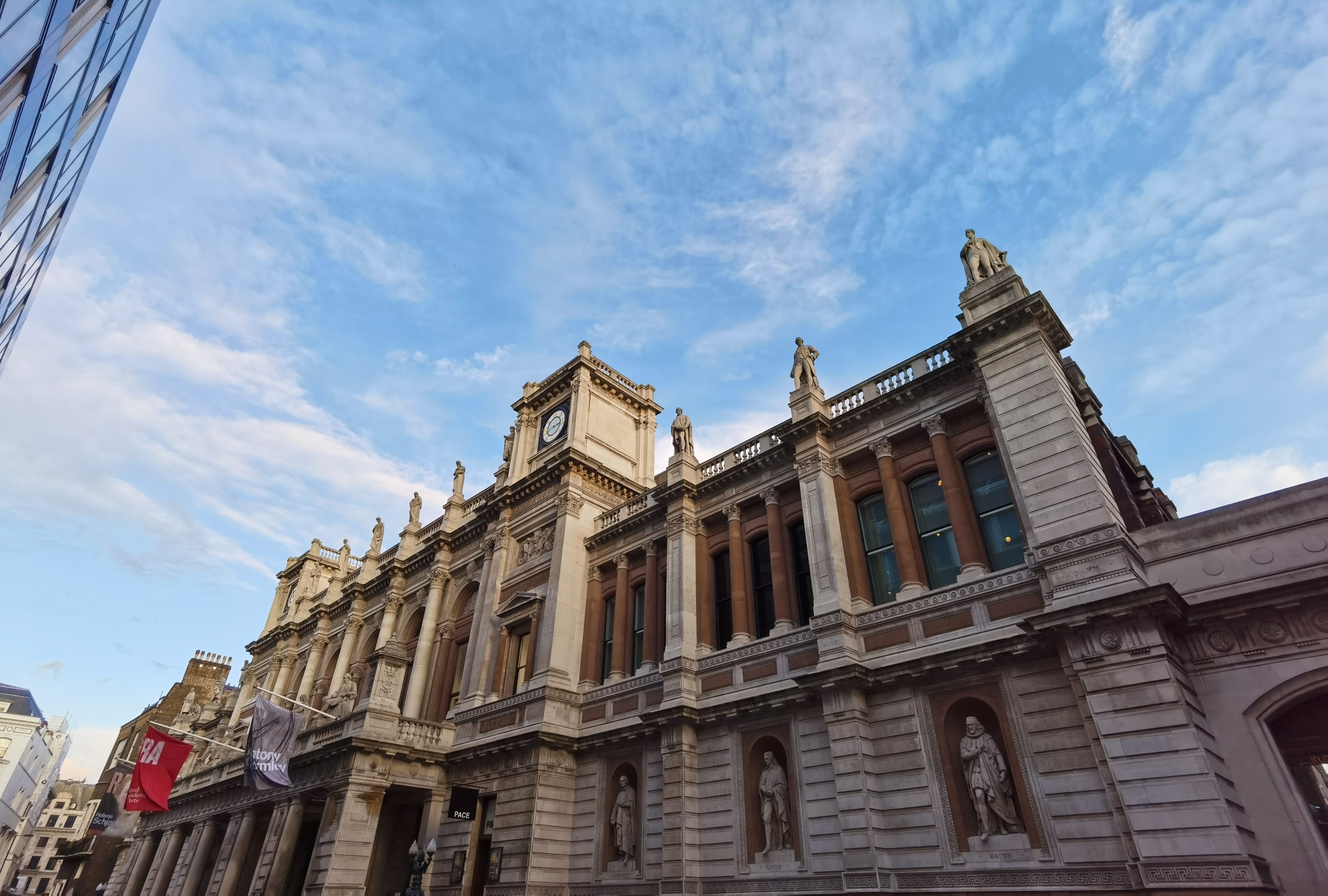Digital Camera World Verdict
Despite its fantastic camera, which outperforms the Google Pixel 4 and iPhone 11 Pro in certain situations, we can’t recommend the Huawei Mate 30 Pro to anyone outside China until it gets the Play Store – unless you’re actively trying to avoid Google’s reach.
Pros
- +
Excellent battery life
- +
Class-leading low light camera
- +
Beautiful design
Cons
- -
No Play Store (Nov 2019)
- -
Screen curve creates vignetting
- -
No word on UK/US release
Why you can trust Digital Camera World
The Huawei Mate 30 Pro is an unprecedented casualty of circumstance - a sensational smartphone, and possibly the best camera phone around, but with one fatal flaw: no Google Play Store.
The manufacturer launched the Huawei P20 Pro in partnership with Leica, then the Huawei Mate 20 Pro which upped the ante by adding an ultra-wide lens to the mix, and finally the Huawei P30 Pro lifted the lid on smartphone imaging with its incredible optical zoom that’s still class-leading, alongside that of the Oppo Reno 10X Zoom.
Now the Mate 30 Pro is here… ish. On the one hand, it has most certainly arrived with its huge 4,500mAh battery, 8GB RAM, 256GB storage, brand new Kirin 990 processor, 6.53 inches of curved OLED screen, and rich glass-and-metal design.
On the other, there’s no Google Play Store in sight, which means no apps – unless you count Huawei’s anaemic App Gallery (which you shouldn’t). What’s more, at the time of writing this review, you can’t buy the Huawei Mate 30 Pro easily in most non-Asian territories, with a European launch still to be confirmed (though rumors are pointing to a mid-November release).
If / when it does launch, it won’t be cheap, costing €1,099 (around $1,200 / £970).

Huawei Mate 30 Pro: camera
Since Huawei announced the Mate 30 Pro, both the iPhone 11 Pro and Google Pixel 4 have launched – and they’re the two main devices against which we’ve been benchmarking its camera.
Huawei delivers much more pixel-power. While the Mate 30 Pro shoots 10MP images by default, its camera’s main sensor is 40MP with an f/1.6, 27mm lens. The telephoto 3x zoom camera delivers 8MP resolution and features an f/2.0 lens, with both these including optical image stabilization (OIS). There’s also a new ultra-wide camera, which has a 40MP resolution, 18mm focal length and an f/1.8 aperture.
The best camera deals, reviews, product advice, and unmissable photography news, direct to your inbox!
Just like the OnePlus 7T, the Mate 30 Pro can focus as near as 2.5cm on paper – though we found it to be more like 4cm. Even so, the fact that all three lenses pack autofocus is a boon.
The Huawei Mate 30 Pro’s shooting modes don’t offer anything out of the ordinary – certainly not like the Sony Xperia 5 does with its cinematic filming application – but they're comprehensive. They include Auto, Portrait, Night, Aperture, Video, Pro, Slow-mo, Panorama, Monochrome, Light Painting, HDR, Time-lapse, Moving Picture, Document Capture and Dual-view.
What is unusual is the fact Huawei’s Pro mode extends to video, so you can manually select ISO up to 12,800 and lock manual focus. The zoom slider also slows down mid-capture, so your manual video zoom pans are relatively cinematic. That said, there’s still noticeable jumping when changing lenses.

Huawei Mate 30 Pro: image quality
Detail from the main camera is strong despite a shooting resolution of 10MP, which is lower than that of most smartphones. As you can see in the below gallery comparison with the iPhone 11 Pro and Google Pixel 4, the Mate 30 Pro grabs more saturation and contrast, making for a more punchy image. Its dynamic range won’t always stack up to that of the other two flagships, but in automatic mode its shots look good enough to whack straight onto Instagram more often than not.
Unlike most flagships, the Mate 30 Pro doesn’t force you into a different mode if you want to grab great low-light images. Point, shoot, keep a steady hand and its performance in virtually pitch-black conditions is astoundingly good.
When you do fire up the dedicated Night Mode, it captures broader dynamic range in the dark – though, interestingly, worse color accuracy. We seldom found ourselves dipping into it unless we had a mobile tripod or a steady surface (given the fact that it supports longer exposure times) or wanted better dynamic range from a scene with challenging light.
Mate 30 Pro vs iPhone 11 Pro vs Pixel 4





The ultra-wide angle camera grabs plenty of detail, and impressive dynamic range, though it can pull up a bit of purple fringing, putting it firmly behind the iPhone 11 Pro in certain light. It’s significantly less ultra-wide than the iPhone or Note 10 Plus, though as a result delivers much more detail. Interestingly it also captures photos at 4:3 by default, not 3:2.
As for the telephoto camera, it beats the iPhone, Note and Pixel, and is bettered only by that of the P30 Pro and Oppo Reno 10X Zoom. With its OIS, it keeps photos steadily held across lighting conditions and it pulls up impressive detail – though Huawei does sometimes ramp up the contrast a bit too much for our liking.
Video is captured at 4K resolution, at up to 60fps, and is beautifully stable. As with photography, the ultra-wide camera doesn't get as much in the frame as the Mate 20 Pro or Note 10 – but neither does it have GoPro-esque ultra-wide distortion. It also does a decent job of noise handling for a smartphone.
The incredibly slow 7,680fps slow-motion capture at 720p, much like the less impressive Nubia Z20’s 1,920fps capture, is an excellent party trick, but it’s actually too slow for most use cases, virtually stopping time completely.

Huawei Mate 30 Pro: battery, OS & connections
With curved Gorilla Glass 6 on the front and back, the Huawei Mate 30 Pro feels incredibly premium and is scratch-resistant, too. Coupled with IP68 water and dust resistance, it can certainly handle a dunk.
There’s a USB-C port at the base, though no headphone jack. As for buttons, there’s just one: a power button. Huawei has ditched the volume rocker in favor of a touch-screen option, which requires a double tap of the side of the phone, then a slide. This worked well in our time with it, but will take some getting used to and could prove problematic when scrambling to mute your phone’s ringer on the fly.
The 18.5:9 screen has a Full HD+ resolution, but while on paper it’s less sharp than the competition, in the flesh, it looks high on impact and punch, and as detailed as it needs to.
Thanks to its huge 4,500mAh battery, the Huawei Mate 30 Pro features one of the best smartphone batteries around, lasting over a day with heavy use. It also supports wireless charging, with speeds of up to 27W. That’s in contrast to the iPhone 11 Pro’s 18W wired charging, which is incredibly impressive. If you do want to plug in the Mate 30 Pro, you’ll benefit from 40W SuperCharge tech, which can fill it up from flat in under 75 minutes.

The Mate 30 Pro’s under-display fingerprint scanner combined with its advanced face unlock feature got us into the phone in no time. Also worth noting, the phone works with Huawei’s M Pen, supporting up to 4,096 levels of pressure sensitivity – handy for Lightroom edits.
With a Kirin 990 chipset, combined with 8GB RAM, the Huawei Mate 30 Pro unsurprisingly delivers stellar performance, especially when it comes to gaming. There’s an ample 256GB storage under the hood and a nano memory card slot to supplement it, which is handy.
Running Android 10, the Huawei Mate 30 Pro is as future-proof as an Android can be in one respect, but with no Google Play Store, app support is terrible. Huawei’s App Gallery, its own app store should be avoided, lacking staples like WhatsApp and any UK banking apps.
So while the UI is smooth and performance across the board is excellent, without the Play Store it’s almost impossible to recommend.

Huawei Mate 30 Pro: verdict
Despite the fact that the Huawei Mate 30 Pro stands alongside the iPhone 11 Pro and Pixel 4 XL as the best camera phone around, and it features a sensational suite of specs, it’s a device you should be aware of – not one you should buy.
You can’t pick it up right now in the UK or US for starters, unless you import it from China. If you do, then it will ship without the Google Play Store, which renders it massively impaired and virtually impossible to recommend. If it launches officially without Google’s services, it’s in the same handicapped state compared to virtually every other Android phone on the market.
What the Mate 30 Pro does confirm is that Huawei is still on top of the phone game when it comes to hardware and imaging. If the company is able to regain access to the Play Store, then the Mate 30 Pro will be the Android phone to beat.
Read more:
The best camera phone
iPhone 11 Pro review
Google Pixel 4 review
Basil Kronfli is a freelance technology journalist, consultant, and content creator. He trained in graphic design and started his career at Canon Europe before moving into journalism. Basil is also experienced in video production, independently running the YouTube channel TechEdit, and during his time at Future, he worked alongside the Digital Camera World team as a senior video producer.


